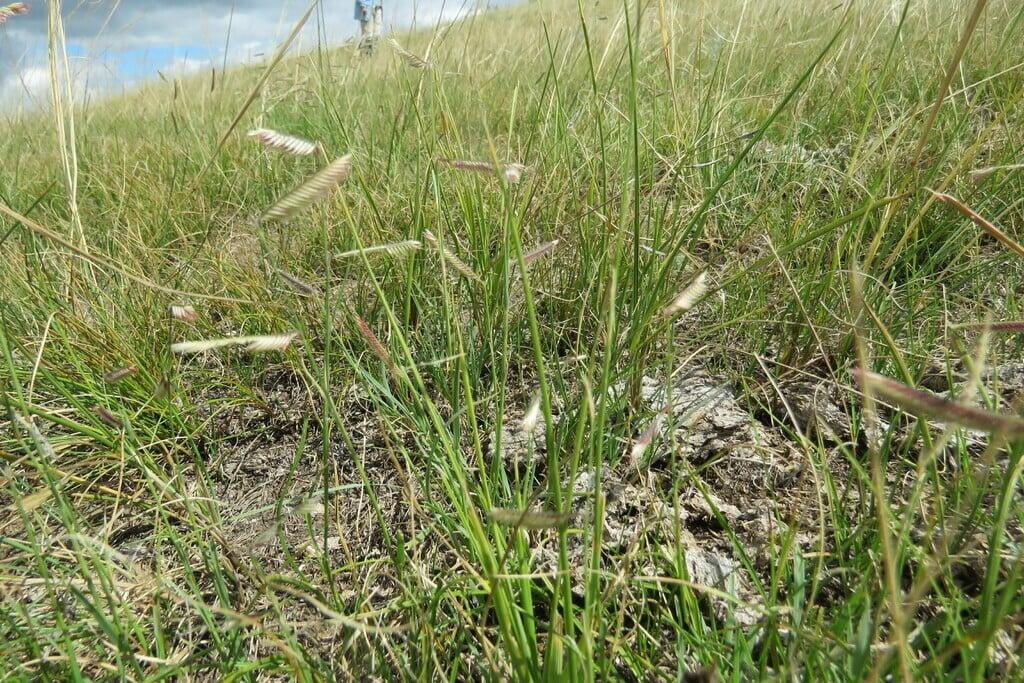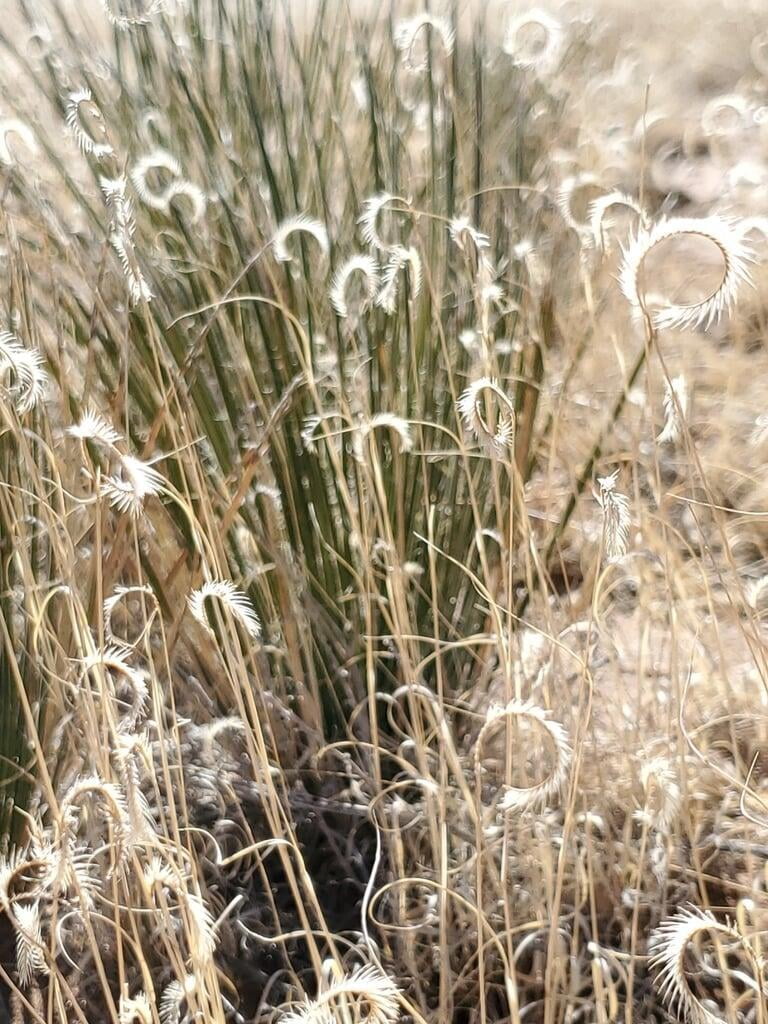Bouteloua gracilis
Blue grama Description:
Bouteloua gracilis, commonly known as blue grama, is a warm-season, perennial grass species native to the prairies of North America. It is a highly adaptable grass that can grow in a variety of soil types, including clay, sand, and rocky soils, and is drought-tolerant, making it an excellent choice for xeriscaping and water-wise landscaping.
Blue grama typically grows between 8 to 28 inches tall and forms dense clumps with fine, thread-like leaves that are blue-green in color. It produces distinctive seed heads that resemble tiny eyelashes, which are highly attractive to wildlife, providing a valuable source of food for birds and small mammals.
In addition to its ecological benefits, Bouteloua gracilis is also used for forage and hay production, and is an important component of grassland restoration projects. Its ornamental qualities make it a popular choice for landscaping, and it is often used in ecological landscaping and carbon sequestration projects.
Blue grama is a low-maintenance grass that requires little water or fertilizer once established, making it an ideal choice for sustainable and environmentally friendly landscaping. It is also a pollinator plant, attracting bees, butterflies, and other beneficial insects to the garden.
Native Range:
Blue grama grass is found natively in Minnesota, concentrated primarily in the Western regions of the state. More broadly, Blue grama is found in many states of the continental United States, however, it is most commonly found in the west-central United States, ranging from Montana to New Mexico.
Standard Plant Information:
Plant height: 8" to 28" inches
Bloom time: July - September
Preferred habitat: Does well in full sun with dry sandy, rocky, or clay soils. Often found in prairies and rock outcrops.
Sowing:
For most homeowners, the best option is to scatter seed on the ground by hand broadcasting at a minimum of 15-16 pls lbs per acre. For even coverage, we recommend that you broadcast seed in perpendicular rows across the site to ensure even coverage.
Planting:
Simply dig a hole in the soil slightly larger than the plant’s roots. Ensure that the soil line of the plant is maintained during the transfer (i.e. the plant should be at the same level with the ground as it was in the pot). Pack any loose dirt back around the plant and make sure you water it well the same day to ensure it has the best chance of survival.










